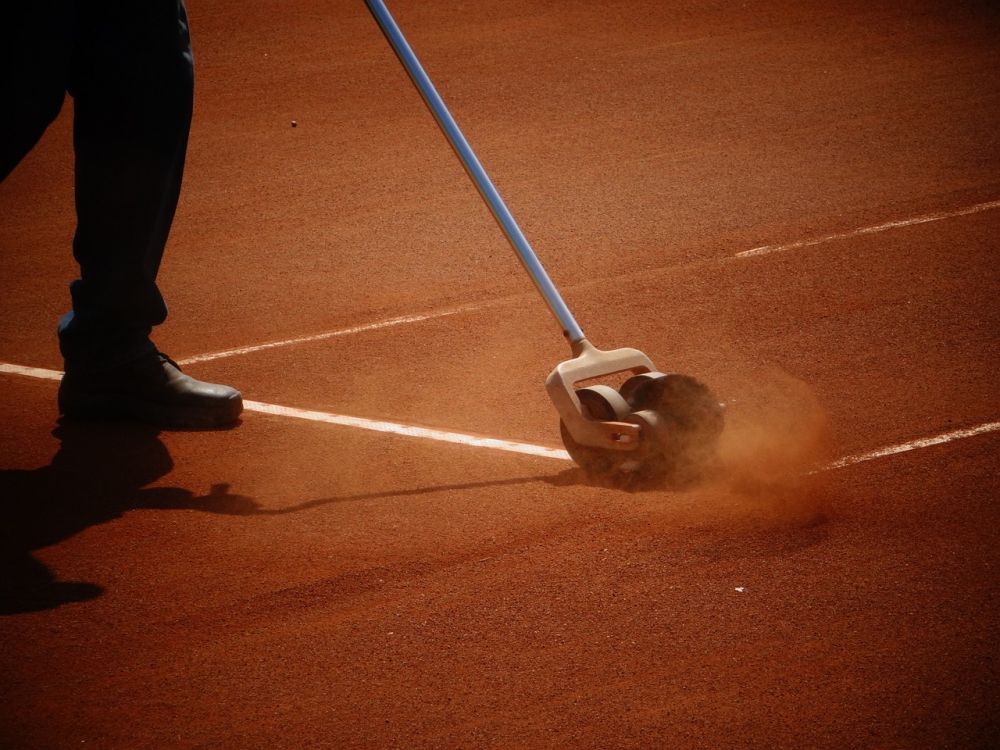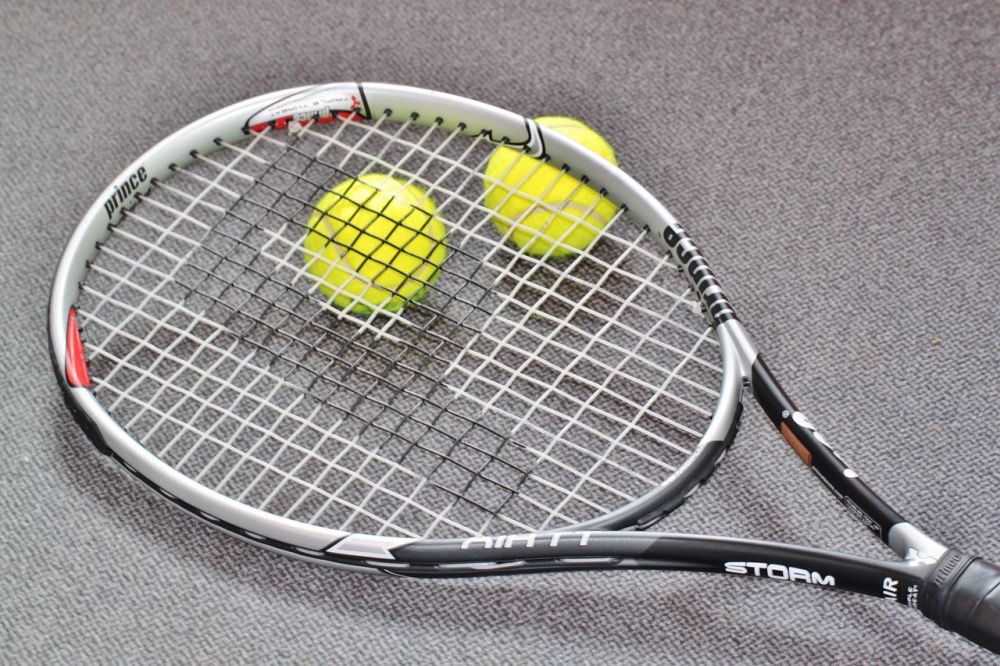Tennis Terminology: A Comprehensive Guide to the Sport's Jargon

Introduction:
Tennis is a sport that comes with its own unique set of terminology. From understanding the different types of shots to mastering the strategies involved, having a solid grasp of tennis terms is essential for any player or fan. In this article, we will provide an in-depth overview of tennis terms, their variations, popularity, quantitative measurements, differences between terms, and a historical review of their pros and cons.
Overview of Tennis Terminology:

Tennis terms refer to the specialized vocabulary used in the sport. These terms help communicate various aspects of gameplay, techniques, and rules. They ensure clarity and precision during matches and discussions surrounding tennis. Understanding these terms allows players to strategize effectively and enhances the overall enjoyment of the sport.
Presentation of Tennis Terminology:
Tennis terms can be categorized into different types based on their relevance to specific areas of the game. Here are some of the most commonly used terms:
1. Shots: The first type of tennis terms is focused on different shots players can execute during a match. These include forehand, backhand, volley, lob, drop shot, and smash. Each shot requires specific technique and skill, and players utilize them strategically to outmaneuver their opponents.
2. Court Areas: Another category of tennis terms pertains to the different sections of the court. These include baseline, service box, deuce court, ad court, and net. Understanding these terms is crucial for players while positioning themselves and devising game plans on the court.
3. Strategies: Tennis terms also encompass various strategic concepts employed by players. These include offensive techniques like attacking shots, defensive techniques such as retrieving, and the concept of serving and returning.
Quantitative Measurements in Tennis:
Aside from understanding the terminology, tennis also involves various quantitative measurements to assess a player’s performance. This section focuses on key metrics used in tennis:
1. Rankings: Tennis players worldwide are ranked based on their performance. The Association of Tennis Professionals (ATP) and the Women’s Tennis Association (WTA) assign rankings to players using a points system. These rankings determine a player’s standing and influence their tournament seedings and invitations.
2. Statistics: Tennis statistics provide objective measures of player performance and style. Metrics such as first serve percentage, unforced errors, aces, double faults, and winners give insights into a player’s strengths and weaknesses. These numbers help players and coaches analyze and improve their performance.
3. Scoring System: Tennis has a unique scoring system, with terms like love (zero), deuce, advantage, set, and match. Understanding this system is vital to keep track of scores during matches and follow the flow of the game effectively.
Differences Between Tennis Terminology:
While tennis terms may appear similar, there are variations that differentiate them. Understanding these differences is crucial for players to use the right terminology in the appropriate situations. Here are some examples:
1. Forehand vs. Backhand: The forehand is executed using the dominant hand, while the backhand involves using the non-dominant hand. Each shot has its advantages and disadvantages, making it essential for players to master both.
2. Volley vs. Groundstroke: A volley refers to hitting the ball before it bounces, typically at the net. On the other hand, groundstrokes are shots played after the ball bounces on the player’s side of the court. These terms highlight the distinction between shots played at different positions on the court.
3. Flat vs. Spin: Players can hit the ball with different spins or without any spin at all. A flat shot travels straight and fast, while a spin shot involves imparting rotational movement on the ball. Understanding these differences allows players to adjust their technique and anticipate the ball’s trajectory.
Historical Overview of Tennis Terminology:
Over time, tennis terminology has evolved, and new terms have emerged. Players and tennis fans should be aware of the historical significance of various terms. Here is a brief overview of the historical context:
1. Wooden Racquets: In the early days of tennis, wooden racquets were the norm. These racquets required different techniques due to their weight and lack of advanced technology. Terms like ”wood shot” and ”wooden racquet era” are used to refer to this period.
2. Open Era: The Open Era in tennis, which began in 1968, marked significant changes in the sport. The advent of professional tournaments and the ability for players to earn prize money led to the creation of various new terms, including ”Grand Slam,” ”World No. 1,” and ”Major Championships.”
3. Technological Advances: With the introduction of graphite and composite racquets, new terms like ”power play” and ”spin generation” became prevalent. These terms reflect the impact of technological advancements on players’ styles and strategies.
Conclusion:
Tennis terminology plays a crucial role in the sport, allowing players and fans to communicate effectively and understand the intricacies of the game. From shots and court areas to strategies and scoring systems, these terms provide a foundation for players aiming to enhance their skills and knowledge. By grasping the quantitative measurements, differentiating between terms, and understanding the historical context, tennis enthusiasts can appreciate the sport on a deeper level.
In this video, we will demonstrate the proper technique for executing a forehand shot, one of the most fundamental and powerful shots in tennis. Understanding the technical aspects of the forehand will greatly enhance your overall performance on the court.
Remember, mastering tennis terminology is a continual process that evolves with the sport. Stay up-to-date with new terms and their meanings as tennis continues to grow and develop.





